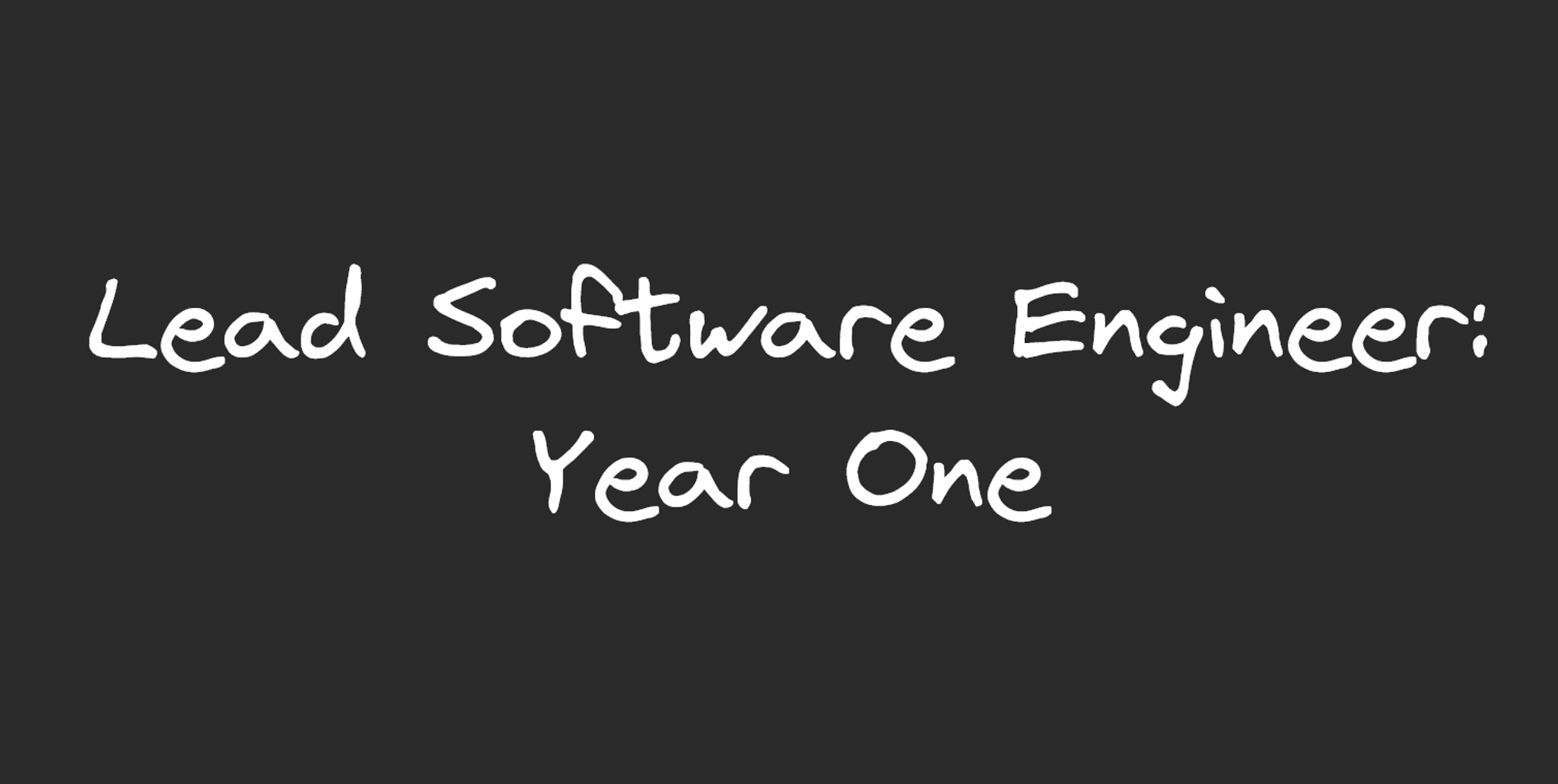Lead Software Engineer: Year One

Table of Contents
Hello! Hope you are doing well. Things were pretty rocky for me the past few weeks, mostly was super drained with interpersonal activities. If there is one thing to learn, I should have brought my trusty True Wireless Stereo (TWS) with me everywhere, so I can block out unpleasant noises.
Anyway, in this post, I am going to write down what I have learned from my past year’s experience being a Lead Software Engineer in a company with a remote work scheme. This role covers mostly the Web area, so mostly the frontend (UI) area and just only a bit about the backend.
I will try to be as anonymous as I can in describing situations. If you happen to know the context, then maybe you know, maybe you don’t. Let’s start!
The beginning: people pleasing
I was (and maybe still is) a people-pleaser type. I tried so hard to make people comfortable (by not really “complaining” a lot). I tried so hard to not be upfront, despite if they underperformed. Turned out it didn’t only hurt me, but it also “disrespected” the people I interacted with because they deserved better.
So I guess, what I learned was to follow “strong opinions, weakly held”. What that means is that I should have a solid ground to stand on, so that I could deliver my opinions that I think are beneficial. However, if the person I interact with has different opinions that are factually and objectively correct, then I should be able to adapt accordingly.
Being upfront also helps a lot. I tried to avoid conflict as much as possible because I thought conflicts always result in lower chemistry. However, there are two kinds of conflicts: healthy and unhealthy. Unhealthy conflicts are kinds of conflicts where both parties end up being negative to each other, whereas healthy conflicts are the ones where both parties may disagree during the event, but they do not dwell overlong and move forward.
Embracing meetings
Until now, I believe myself to be an introvert… and an acute one at that. Probably you already picked this up from what I wrote in the intro around interpersonal activities tired me out. As such, if I could avoid a meeting (where I won’t contribute much), I would do so in a heartbeat. Before I became a lead, I only had 1:1 sessions and that was with my manager. It’s okay, I could take it.
However, in becoming a lead, I also needed to have people to manage. The amount of 1:1 that I need to do changes from 1 to 1+N, where N is the number of people that I manage. Additionally, it also became “automatic” that I got added to a lot more meetings. Some are project-related and others are recurring ones, such as backlog grooming, for example.
I used to think that backlog groomings were boring. As time went on, I began to realize that there is a way to make backlog grooming not boring: have an agenda and come prepared. There are a lot of things that we can prepare, such as:
- Improving product knowledge: this is probably kinda obvious if we think about it. If we want to manage a product, we want to know the inside and out of the product, at least its high-level requirements or functionalities. Otherwise, we will have no clue on what is the current product’s state… hence it will seem as if we are rolling dice to pick tickets for the next sprint randomly without knowing the tickets’ impacts.
- Being aware of roadmap items: Roadmap awareness can also be very useful in backlog grooming. It might have some intersections with the previous point because the roadmap involves the current state and future plans.
- Keeping track of discussions: Other than the regular agenda, it is also important to keep track of discussions happening in the team or between teams. Those discussions that happened prior to the backlog grooming meeting may have an impact on how we want to plan ahead.
Learning more, technical-wise
Some people say that when they become a manager, they don’t really “create” anymore. Instead, they are “orchestrating”. On my side, I was (and still am) kinda 50:50 on this. I still do a bit of individual contribution sometimes, while some other times I just manage things from the background.
There were a lot of technical things that I learned since I started becoming a lead, most of them are from collaboration with my colleagues. I think the top 2 were as follows:
- API design: The context of “API design” here is for both functions and endpoints. Function name and its required parameters should be related, whereas “modifiers” should be put as an optional parameter(s). For endpoints, I used to follow rather “plain” endpoints where the “response payload is not driven by the UI”. However, this makes the endpoint consumer need to have several steps to be able to “tailor” meaningful data. On the other hand, endpoints shouldn’t also be strictly tied to the consumer, because we do not want the endpoint to “break” when the requirement of the consumer changes. So, we need to find a middle ground.
- Testing: I learned a lot about testing since becoming a lead. I used to not care about component testing, I only cared about unit tests. However, component testing is very valuable to prevent regression. I wrote what I did to make frontend testing more fun in this post.
Closing words
Well, that’s all I have for this post. I was afraid and very wary when I took up this position, but I think it kinda turned out okay and I hope I can become better at it, both in terms of technical and people skills.
Thank you for reading this far and hopefully this is useful!